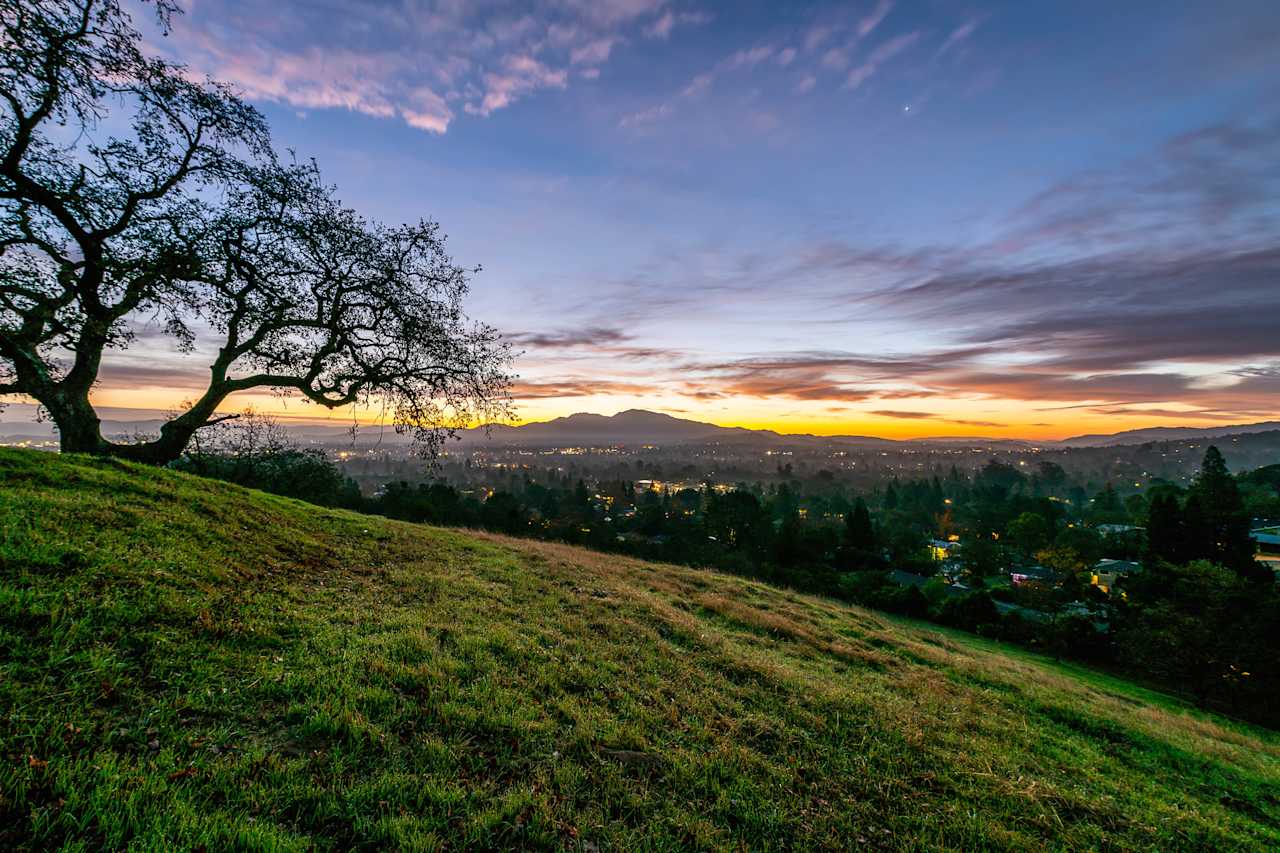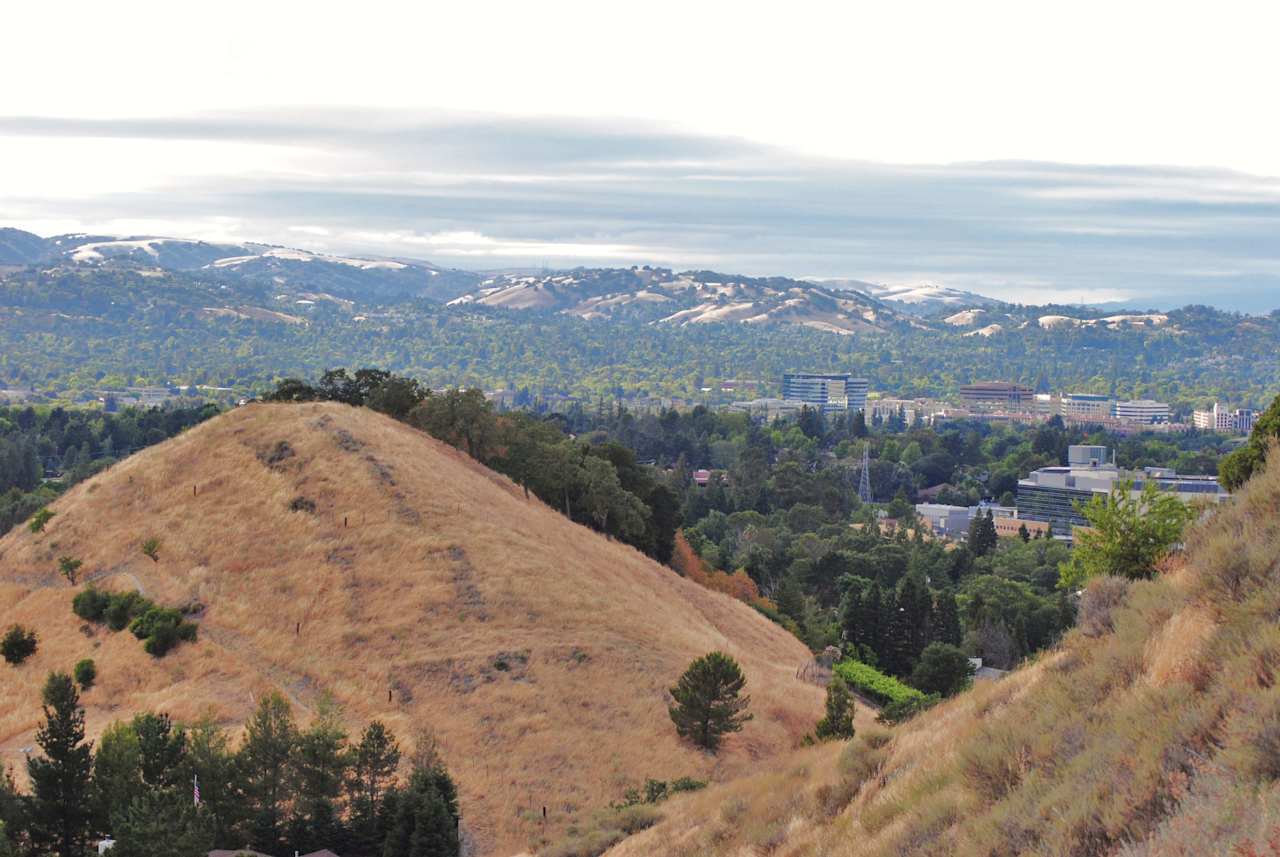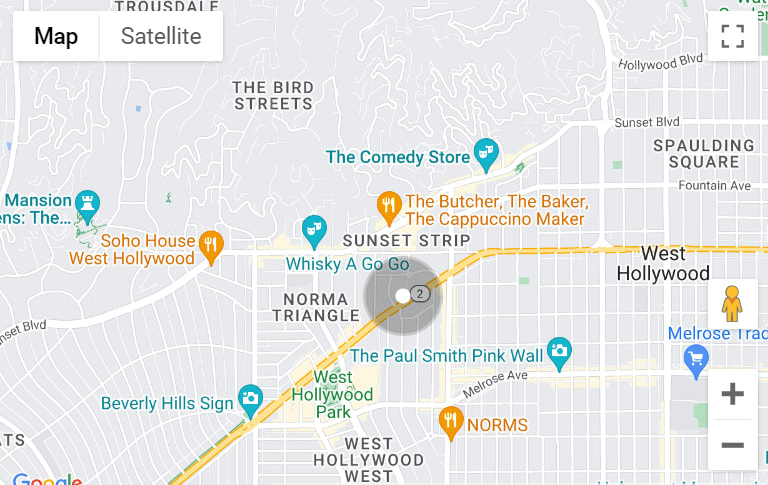Concord, CA, is a city rich in history and architectural charm, offering residents and visitors a unique glimpse into its past. Through well-preserved landmarks and significant sites, the city reveals a compelling story of its development and cultural heritage. This guide highlights the key landmarks in Concord, showcasing their significance and how they reflect the city's commitment to preserving its history and architecture.
Historic Homes and Buildings
Concord is home to several historic structures that offer a window into the past, showcasing the city’s architectural evolution and cultural milestones.
Fernando Pacheco Adobe
The Fernando Pacheco Adobe, built in 1851, is one of Concord’s most significant historical landmarks. Located at 3119 Grant Street, this adobe structure is a California State Historic Landmark and is listed on the National Register of Historic Places. As one of the earliest buildings in the area, it provides a rare look into the early settlement period of California. The adobe's preservation ensures that future generations can appreciate its historical significance.
Francisco Galindo Home
The Francisco Galindo Home, located at 1721 Amador Avenue, is another key historical site in Concord. Originally built in 1856 and expanded in 1880, this Victorian-style home is a beautiful example of 19th-century Concord, CA architecture. Listed on the National Register of Historic Places, the Galindo Home has been carefully preserved, offering a glimpse into the life of one of Concord's prominent families during that era.
Salvio Pacheco Adobe
The Salvio Pacheco Adobe, built in 1846 at 1870 Adobe Street, is one of Concord’s oldest and most significant structures. As a California State Historic Landmark, it represents the Spanish and Mexican influence in the area. The adobe’s preservation is a testament to Concord’s commitment to maintaining its cultural and architectural heritage.
Masonic Hall (Concord Museum and Event Center)
The Masonic Hall, constructed in 1927 and located at 1928 Clayton Road, is a notable example of early 20th-century architecture in Concord. Now home to the Concord Museum and Event Center, the Masonic Hall has been a central part of the community for nearly a century. Its preservation ensures that this piece of Concord's history remains a vibrant part of the city's cultural life.
Foskett & Elworthy Building
The Foskett & Elworthy Building, built between 1911 and 1912 at 2001 Salvio Street, reflects Concord’s commercial growth during the early 20th century. This building is a key example of Concord, CA architecture from this period, contributing to the historical and architectural fabric of downtown Concord.
Maltby Mansion
Maltby Mansion, built in 1904 and located at 3033 Bonifacio Street, stands as a symbol of early 20th-century prosperity in Concord. The mansion’s distinctive design and preservation reflect the city’s dedication to maintaining its architectural heritage, providing insight into the lifestyles of its original inhabitants.
Historic Sites and Landmarks
In addition to historic buildings, Concord is home to several important sites that have played significant roles in the city's history.
Todos Santos Plaza
Todos Santos Plaza, dedicated in 1868, is the heart of downtown Concord. This historic public square, bounded by Salvio, Grant, and Mount Diablo Streets, and Willow Pass Road, serves as a central gathering place for the community. Hosting farmer's markets, free summer concerts, and various events throughout the year, the plaza remains a vibrant part of Concord’s cultural landscape.
Live Oak Cemetery
Live Oak Cemetery, established in 1863 and located on Deer Oak Place, is one of Concord’s oldest burial grounds. The cemetery is the final resting place for many of the city’s early settlers and notable figures, making it a site of significant historical importance. Its preservation reflects Concord’s commitment to honoring its past.
Saint Stephen's Cemetery
Saint Stephen's Cemetery, opened in 1904 at 2701 Monument Court, is another important historical site in Concord. Known for its well-maintained grounds and the notable individuals buried there, this cemetery is a quiet and respectful reminder of the city’s rich history.
Old Fire House
The Old Fire House, completed in 1892 and located at 1982 Concord Avenue, was Concord’s first fire station. This historic building now serves as a reminder of the city’s early public services and the evolution of its community infrastructure. The Old Fire House is a symbol of Concord’s dedication to preserving its historical architecture.
County Fire House
Built in 1939 at 2210 Willow Pass Road, the County Fire House represents Concord’s growth during the mid-20th century. This building is an important part of the city’s public safety history, highlighting the development of Concord’s emergency services infrastructure.
Educational Landmarks
Concord’s educational landmarks reflect the city’s historical development and the importance placed on education over the years.
Mount Diablo High School Site
The original site of Mount Diablo High School, built in 1905 at 2455 Grant Street, was one of the first high schools in the area. Although the building was demolished in the late 1960s, the site remains an important landmark in Concord’s educational history, representing the city’s early commitment to public education.
Concord Elementary School Site
Concord Elementary School, established in 1892 and expanded in 1924, played a crucial role in the education of generations of Concord residents. The school, located at 2701 Willow Pass Road and 2730 Salvio Street, was demolished in the late 1990s, but its site continues to be a significant part of Concord’s educational narrative.
Unique Architectural Landmarks
Concord, CA architecture is further enriched by several unique buildings that stand out for their distinctive design and historical significance.
Gieselhart House
The Gieselhart House, built around 1935 and located at 2885 Concord Blvd., is a notable example of mid-20th-century residential architecture in Concord. The house’s unique design and well-preserved condition make it an important architectural landmark in the city.
Rosal Apartments
The Rosal Apartments, constructed in the 1940s and located at 2178 Pacheco Street, showcase the city’s post-World War II residential development. These apartments are a valuable piece of Concord’s architectural history, reflecting the growth of its housing market during that period.
Natural Landmarks
Concord’s natural landmarks offer residents and visitors access to some of the region’s most beautiful outdoor spaces.
Mount Diablo State Park
Mount Diablo State Park is one of the most prominent natural landmarks visible from Concord. Offering miles of hiking trails and panoramic views of the surrounding area, the park is a popular destination for outdoor enthusiasts and a defining feature of Concord’s landscape.
Lime Ridge Open Space
Lime Ridge Open Space, with its 1,226 acres and 25 miles of hiking and biking trails, is another significant natural landmark in Concord. This area is a haven for nature lovers and a key part of the city’s commitment to preserving its natural environment.
Explore Things to Do in Concord, CA with The Corio Group
Concord, CA offers a rich blend of history, architecture, and natural beauty. From historic homes and buildings to natural landmarks and unique architectural sites, there are countless things to do in Concord, CA for those interested in its rich heritage.
If you’re considering making Concord your home, its well-preserved landmarks and vibrant history are just a few of the many reasons to do so. To navigate the current
Concord, CA real estate market, expert guidance is key.
Contact The Corio Group today to learn more about available properties and start your journey in discovering the perfect home in this historically rich community.
*Header image courtesy of MARELBU




